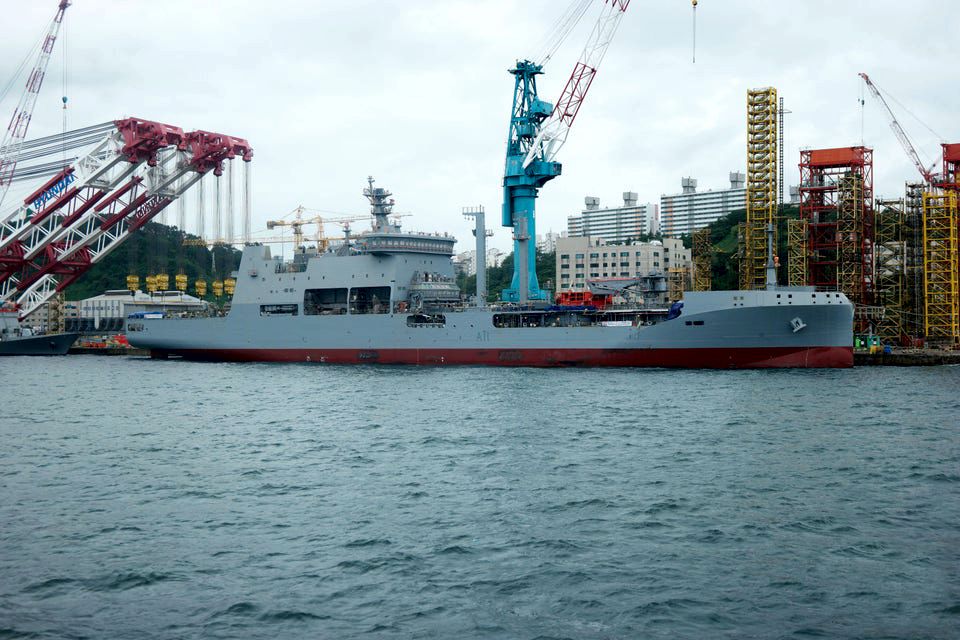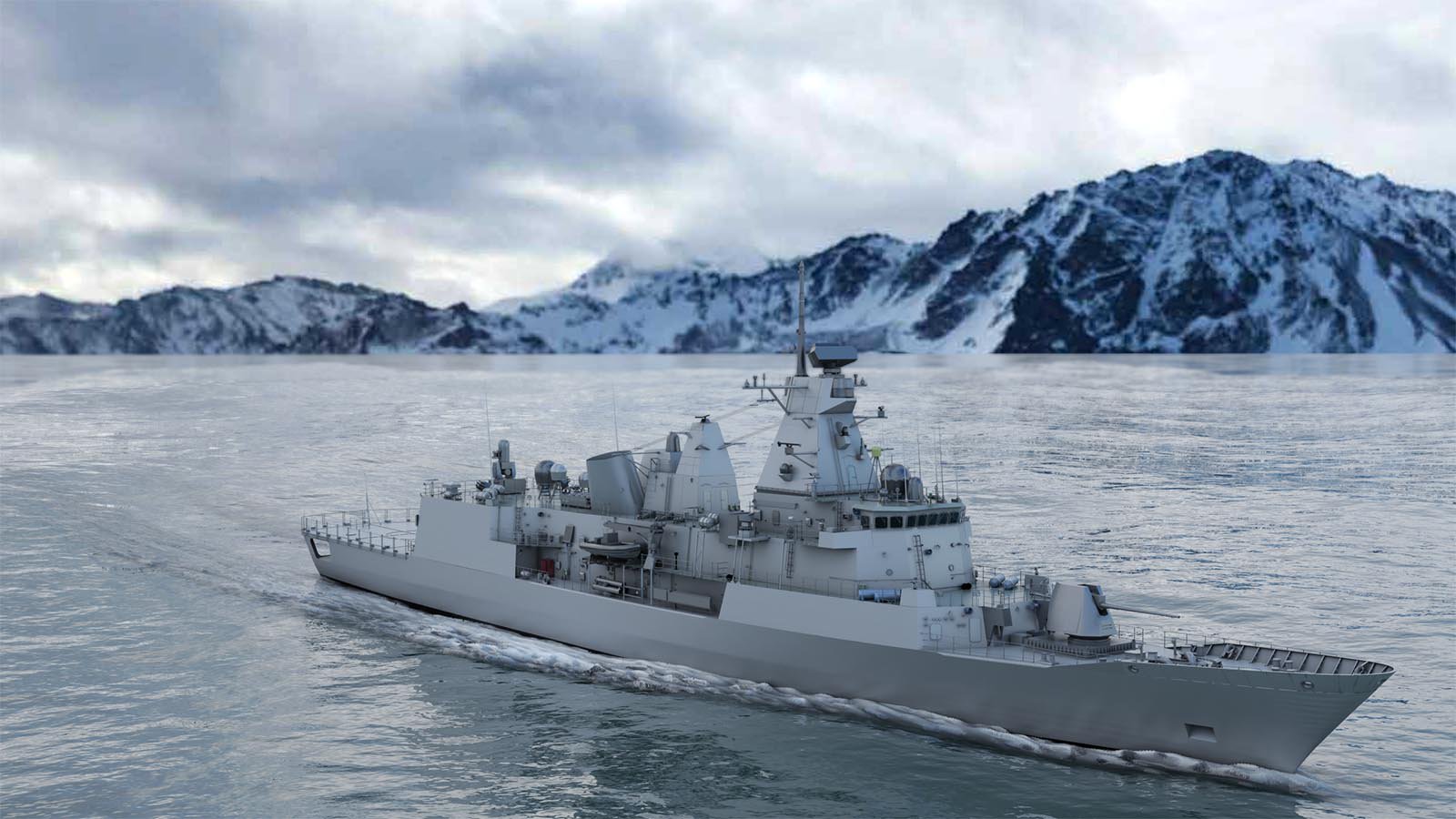The first two years of the Coalition government have been a pleasant surprise for those interested in defence matters.
They have a coherent defence story, particularly well set out in the 2019 Capability Plan, which builds on the work of the previous National government. They have been able to make the big multibillion-dollar procurement decisions, something that eluded the previous government. The Coalition government has even managed to gain some degree of acceptance from the Green Party about the direction of defence policy.
It is now time to look forward, particularly beyond 2020. No big defence decisions will be made in election year. They will all be carried forward to the next term of government, whoever that government might be.

As I have said in a number of my previous articles, the next big decisions will be about naval capability. This might be thought to be mostly about the frigate replacement. In fact, it is broader than that.
By 2030 many of the major platforms will need replacing. The multirole ship, the Canterbury will be over 20 years old. So will the two offshore patrol vessels, the Wellington and the Otago. These ships have had a hard life, and 20 years or so would seem to be a reasonable service life.
The two ANZAC frigates, Te Mana and Te Kaha will be over 30 years old. The frigates should make it to 2035 due to their current midlife upgrade, but they also have the longest procurement timeline.
So, between 2020 and 2023, it could be expected the government will need to make the key naval procurement decisions. The past provides a guide.

In the early 2000s the Clark government wanted to reorient naval capability. Project Protector was the result. The capability planning process took nearly two years. The Maritime Patrol Review commenced in June 2000 and was released in February 2001, followed by the ship specific Maritime Forces Review released in January 2002.
In July 2002 the government sought expressions of interest from shipbuilders. It took nearly another two years to April 2004 to select Tenix as the supplier. The multi role ship was delivered in 2008, though it had immediate problems.
As Minister, I spent much of 2009 sorting out these problems, which resulted in an $86 million settlement in early 2010 with BAE Systems who had acquired Tenix. All the Project Protector ships were finally properly in service in 2010.
Thus, a process to deliver quite modest ships took a full 10 years from initial planning to actual delivery into service. There is no reason to think it will be much different this time, although there is probably a clearer understanding of what maritime capability is required than there was twenty years ago.
- ‘She’ll be right’ factor is our biggest threat
- America’s feeble Indo-Pacific strategy
- Capable for what? New Zealand’s 2019 defence capability plan
- China watching as New Zealand unveils military buildup in Pacific
It is almost certain the Navy will press the government for more capable ships than the current Project Protector fleet. The tight financial constraint of $500 million for the whole of the Project Protector fleet meant that corners were cut. The government was warned about this at time.
It meant New Zealand got a one-off multi role ship without a well deck, even though there were well proven designs with such capabilities available at the time at not much more cost. Experience has shown that the offshore patrol vessels should be larger to be able to effectively cope with the southern ocean.

A new Project Protector programme will need to provide more capable ships. This will also make them more suitable for disaster relief as well as surveilling the seas around New Zealand, taking into account a certain amount of scientific capability to do climate change oceanographic work.
The Canadian Harry DeWolf ships would meet the criteria. These are 6,000 tonne ships with a cost of $400 million per ship. A multi role ship with a well deck would cost $500 million. Overall it is a $1.3 billion programme, a similar scale cost to replacing the C130 Hercules fleet. It would be hard to imagine any political party currently in parliament opposing such a programme.
It could be reasonably expected that a decision of this nature should be made in the term of parliament of 2020 to 2023, irrespective of who is in government.

The other part of the naval procurement package is likely to be more challenging. This involves replacing the ANZAC frigates with frigates of similar capability.
In my last article I forecast that the Type 31 frigate would be an appropriate replacement for the ANZAC frigates. This is a slightly larger ship than the ANZAC ships, but basically has the same capability. The cost for two would be in the region of $2 billion.
- Defence paper seen as pushing back on China's Pacific influence
- Defence Minister Commits To Rebuilding Reserve Force
- Military Chiefs Conference Highlights Five Power Defense Arrangements
- DCP poses big questions over ‘non-traditional’ capabilities
If the next government has the same composition as the current government, or is National led, then it could be expected to make the decision to acquire this class of ship.
Within the current government, New Zealand First would be a strong advocate for frigates, and Labour would also see the logic, given New Zealand’s defence relationships. The Green Party would not be enthusiastic but might see the frigate purchase as a part of an overall naval package that included the new Project Protector programme.
However, if New Zealand First did not make it back into Parliament and the government was a Labour Green government, then a decision to acquire frigates could be quite a lot more difficult. In fact, it is likely that such a purchase could not be made. The alternative for such a government might be three DeWolf sized offshore patrol vessels instead of two.
Defence planners might see an option to defer the frigate decision to beyond 2023. A decision made between 2023 and 2026 would result in new ships being delivered in the early 2030s, still within the likely lifetime of the current ANZAC ships. Obviously, any such decision will be dependent on who the government is at the time.
Irrespective of the frigate decision, it would be reasonable to expect that whoever is the government in the term of 2020 to 2023 will make the decisions on replacing the Project Protector vessels. Failure to so will make it more difficult for New Zealand to fulfil its responsibilities in the South Pacific, from the Antarctic to the Equator, especially as the reality of climate change becomes more evident. It would raise questions about how seriously New Zealand takes its responsibilities in the South Pacific.
The current government has shown an admirable ability to make the necessary decisions to modernise New Zealand’s defence force. We can only hope that the government of 2020 to 2023 can do so as well.




